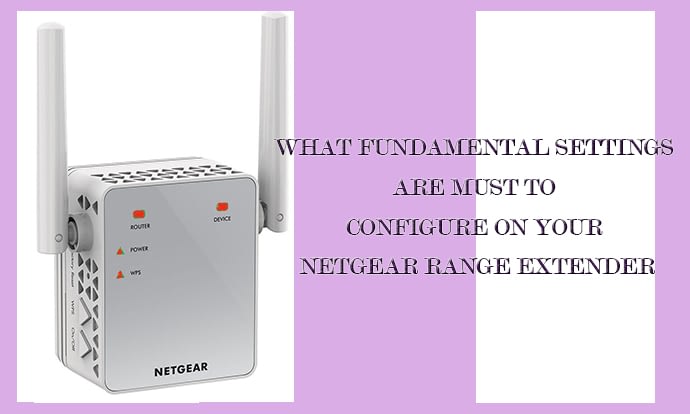
"move your base station 20 feet from other wifi", I don't know about you, but that is REALLY crappy customer service.ġ. Now Arlo will simply tell you, "sorry deal with it" and "Nope your screwed go away", or my favorite. If you choose to have an arlo base station and also want 2.4 wireless in your home, you are in trouble. I will refrain myself and simply say that the logic behind this is very flawed. Some developer at Netgear thought it was a smart design to have it's 2.4 wifi base station perform a seek and destory on your home wireless. If you’re going anywhere above the UNII-1 range, it is recommended to have DFS and TPC on your device. And again, if you don’t need faster than the 450 to 600 Mbps that 2,4 GHz offers, it might not be worth the hassle to switch to 5 GHz. When searching for the best 5GHz channel for your device, you should go for a channel that has low interference and low traffic. DFS listens for radars and will only allow you to hook up to the channel if there are no radars on it. In the United States and much of the world, you’ll need Dynamic Frequency Selection if you want to hook up to a UNII-2 or UNII-2E channel. Because the UNII-3 range allows stronger devices, it is more likely that you’ll get strong interference if you opt for a UNII-3 channel. In the US, you can use channels from the UNII-2 and UNII-3 spectrums, but certain restrictions do apply. In most of the world, including US and Canada, the UNII-1 channels are recommended for general use. Like with the UNII-2 channels, you’ll need TPC and DFS to use them.ĭepending on where you live, you should know the laws and regulations regarding the use of 5GHz channels. Channels in the UNII-3 range tend to have the biggest interference problems.However, for them, you’ll need TPC and DFS. The UNII-2 and UNII-2 Extended channels have the lowest amounts of interference of all.Therefore, they rank low on the interference table. Devices using the UNII-1 channels are mostly not capable of producing signals that can make strong interference.For example, you might have appliances that could interfere with your Wi-Fi signal even though the appliances don’t use the Wi-Fi signal. There are two types of interference – interference that comes from other Wi-Fi devices and interference that comes from other electronic devices that are not using Wi-Fi. Wi-Fi Interferenceīy far the most common cause of slow internet and frozen pages is caused by interference. From the size of your house to the interference of surrounding antennas, here’s what you need to consider. While UNII-1 channels are considered the best for most consumers, there’s a lot to consider before you lock in your channel.
Netgear genie change channel full#
With a full understanding on how these 5GHz bandwidth channels work, it’s time to pick the best one. Which 5GHz Wi-Fi Channel Should I Consider? Here’s a brief rundown of each range before we skip to the selection process and considerations. The channels at 5GHz are split into four bands which are intended for different types of users. While the old 2.4GHz network has only three available channels, the more modern 5GHz network has 25 predefined channels. A lot of consideration goes into picking the right channel for 5GHz networks, and if you’re ready to pick the right one for you, you’ve come to the right guide. Picking the right channel for you isn’t as simple as just selecting the default option. That makes fine-tuning your router not just a possibility, but a must.

It’s faster, can transfer far more data in shorter amounts of time, and has more available channels. The 5GHz Wi-Fi band-which, to be absolutely clear, is very different from the 5G network roll-out your carrier has been pushing-is immensely better than the 2.4GHz band your router used to exclusively use. Wi-Fi bands make a major difference in how your network operates.


 0 kommentar(er)
0 kommentar(er)
